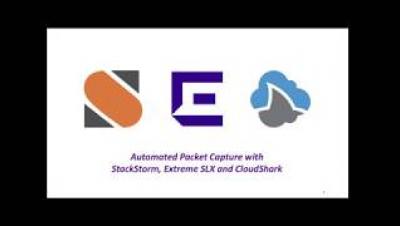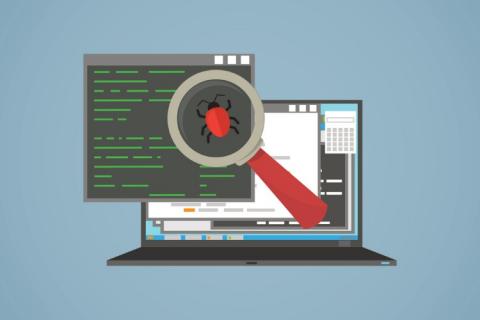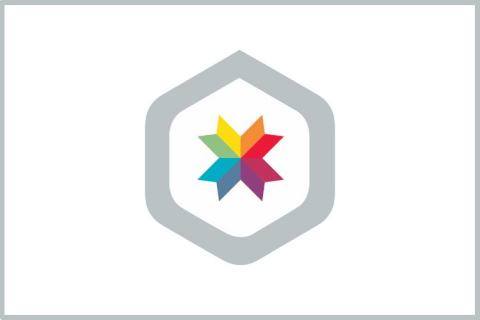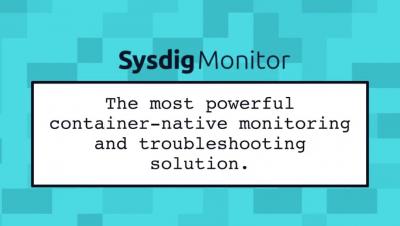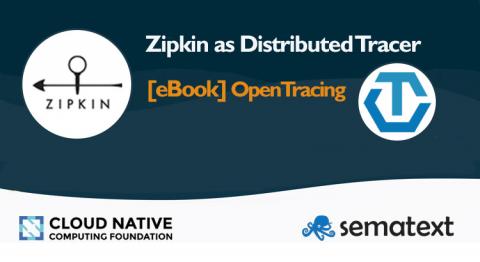Operations | Monitoring | ITSM | DevOps | Cloud
%term
Introducing New Content Sharing Capabilities for Sumo Logic Customers
As organizations scale and grow, teams begin to emerge with areas of specialization and ownership. Dependencies develop, with individuals and teams acting as service providers to other functional areas.
7 Common Web Application Performance Problems (and How to Solve Them)
One of the cornerstones of a successful business in today’s digital environment is ensuring that web application performance is user-friendly and runs smoothly. A well-oiled website and its applications represent the face of a company, and in an ideal scenario, they serve as a mark of reliability, innovation, and progress.
Updates to Page Speed
Over the past few weeks we’ve been looking at feature requests on our Page Speed monitoring feature, and today we’ve released the next phase which introduces a wide range of improvement and new functionality.
Retrace Log Management: Logs, Errors and Code Level Performance
Log management is traditionally described as a way to collect all of your log data in one place so you can use it for a wide variety of uses. Retrace APM with log management aims to create the perfect product and user experience for developers with specific needs for managing logs..
How Much Downtime is Acceptable?
Downtime occurs. It's an unfortunate fact of online life. No website is able to provide 100% uptime - even tech giants like Google suffer downtime, albeit very occasionally. So, some amount of downtime is inevitable, but how much is acceptable? This question is obviously subjective - downtime that's acceptable for one person may be intolerable for another. Therefore, we undertook a little research...
Skylight Agent 2.0 Released
Today, we released version 2.0 of the Skylight Agent. 2.0 doesn't introduce any new APIs, but we did rewrite the SQL Lexer to support more varieties of queries. We also spent a lot of time on internal refactoring and improved our error logging. Since we follow semantic versioning, we also took the opportunity to drop support for some older dependencies and environments. Read on for more information about upgrading as well as some technical details on our internal changes.
Single Sign-on is here!
We’ve added a new feature we think you’ll want to hear about—Single Sign-on. Uptrends is now compatible with Single Sign-on. Single Sign-on (SSO) is a great way to easily manage user accounts, improve productivity, and improve security, and now you can use SSO with Uptrends.
Sysdig Monitor 3-minute overview
OpenTracing: Zipkin as Distributed Tracer
In part one of the OpenTracing blog series we provided a good OpenTracing overview, explaining what OpenTracing is and does, how it works and what it aims to achieve. One of the key aspects of OpenTracing is that it is vendor neutral, and also that OpenTracing is just a specification. In order to instrument an application via OpenTracing API, it’s necessary to have an OpenTracing-compatible tracer correctly deployed and listening for incoming span requests.


